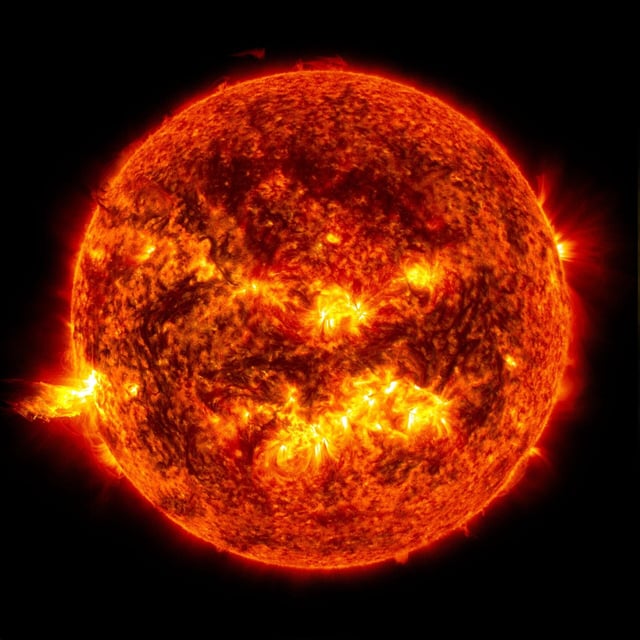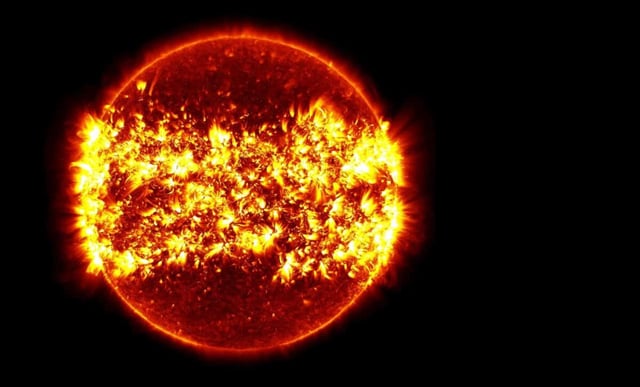Overview
- Luke Benavitz and Jeffrey Reep of the University of Hawaiʻi Institute for Astronomy report the result in The Astrophysical Journal.
- Allowing low first ionization potential elements such as iron to change in space and time enables models to reproduce fast-forming coronal rain during flares.
- Earlier approaches assumed fixed abundances and required hours to days of heating, conflicting with flares that evolve in minutes.
- The finding challenges long-standing assumptions about the solar atmosphere and suggests coronal heating and energy-transport theories need revision.
- The work could improve flare modeling and, with further validation, may ultimately inform space-weather prediction that affects satellites and power grids.

